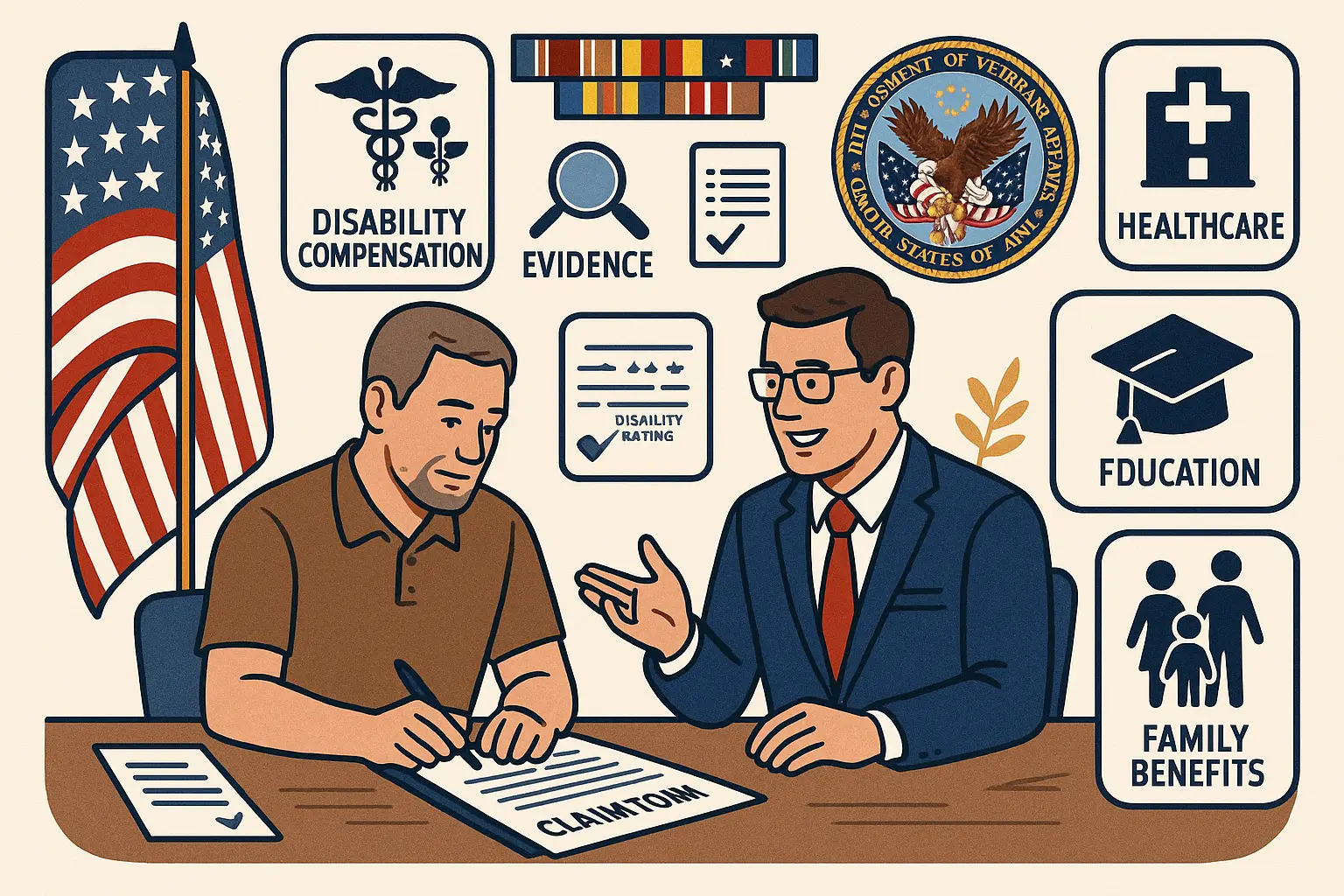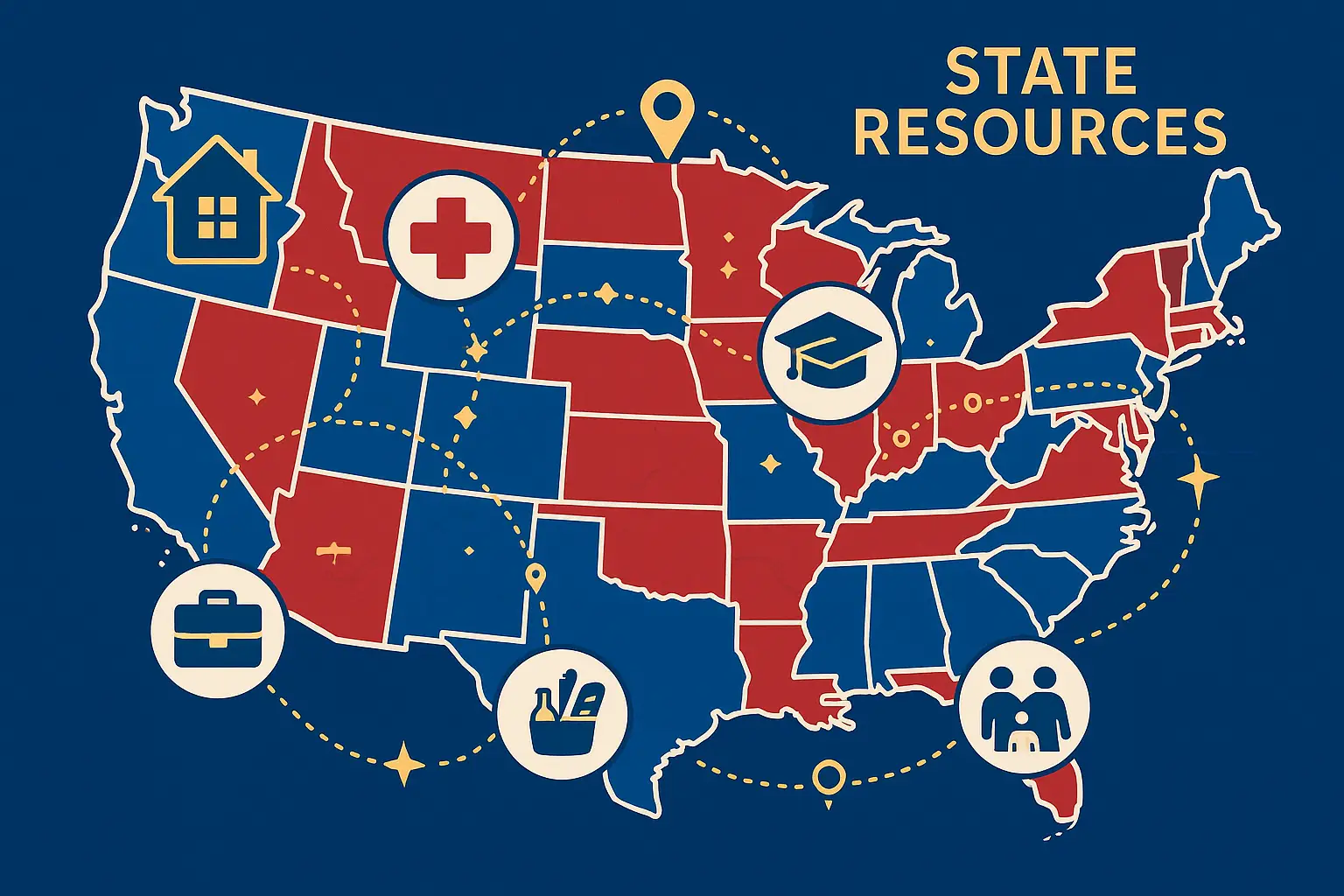Featured cases highlight exemplary program participation, measurable results, and innovation across federal initiatives. Government entities select them to showcase best practices, demonstrate effectiveness, and share educational value. Each case emphasizes how participants meet the same eligibility criteria, comply with requirements, and follow a clear timeline documenting their journey. By understanding these success stories, individuals and organizations gain access to valuable insights that can be applied to future opportunities.
Participants must provide detailed records of previous treatment, outline specific factors that led to results, and include other factors such as age, general health, or type of services received. These details are tested and analyzed through a structured study or trial, with precise results that can be replicated. Slides, reports, and supporting documentation must be organized in rows and stages, ensuring information is presented in a style that is easy to understand and review. This process builds transparency and helps determine what caused success and how outcomes were met.
The featured cases program creates opportunities to share information, apply lessons learned, and build stronger outcomes for future participants. By following beautiful timelines, documenting events by date, and providing half-year or multi-year updates, cases demonstrate how people can achieve meaningful change. Whether through English-language reports, data posted on a government site, or presentations shared at events, these cases provide a chance for others to learn tricks, avoid mistakes, and improve their applications. In short, featured cases serve as a tested blueprint highlighting the requirements and the results needed to succeed.
Eligibility Criteria
General Eligibility Requirements
Applicants must demonstrate program participation, compliance with federal regulations, measurable outcomes, and strong documentation. Program enrollment certificates, compliance letters, and outcome reports are required to confirm eligibility. Previous treatment records and other factors—such as age, health, or location—are also considered when determining whether participants meet the criteria.
Specific Factors Considered
Selection involves reviewing age, general health, previous treatment, tested results, and other factors such as community support or available resources. These details help determine whether participants achieved outcomes that others can replicate. Clear evidence of positive results is essential for eligibility.
Exclusion Criteria
Applicants may be excluded if they fail to meet requirements, submit incomplete or inaccurate documents, or have unclear results. Ongoing investigations or unresolved compliance issues also disqualify participants.
Application Process
Step-by-Step Process
Applicants must review the requirements and complete Form FC-100 on the official site. They must include supporting documents such as outcome data, slides, or previous treatment records. Applications are submitted online, by mail, or through regional offices. After review, decisions are shared within 90 days, and selected participants move to case development.
Required Documentation
Applications must include a project summary, outcome metrics, financial documents with signatures, and up to three letters of support. These materials help reviewers understand the study design, previous treatment, and specific factors that caused the results.
Timeline
Applications open January 1, close March 31, and undergo review between April and June. Notifications are issued in mid-July, with development from August through October. Final publication or presentations occur between November and December, providing a clear timeline for all participants.
Program Information
Program Objectives
The Featured Cases program highlights successful results, creates opportunities for participants to share findings, and demonstrates effective use of federal resources. The goal is to improve understanding of program impact while fostering knowledge exchange across communities.
Selection Criteria
Impact, innovation, sustainability, replicability, and documentation are used to evaluate each application. Results must be precise, tested, and caused by identifiable factors. Successful cases show measurable benefits that others can adapt.
Benefits of Selection
Selected cases receive recognition, inclusion in government publications, and opportunities to present at federal workshops. They also gain access to technical assistance, networking opportunities, and a chance to share results and updates with a broader audience.
Government Resources
- Department of Health and Human Services (HHS) – The Department of Health and Human Services provides updates on public health, safety programs, and case records related to healthcare and welfare initiatives.
- Department of Education (ED) – The U.S. Department of Education offers information about federal education programs, grants, and featured initiatives supporting students and schools nationwide.
- Department of Agriculture (USDA) – The U.S. Department of Agriculture publishes case information and program updates related to food assistance, rural development, and agricultural policies.
- Environmental Protection Agency (EPA) – The EPA provides access to featured cases, environmental regulations, and program updates to protect human health and the environment.
- USA.gov Featured Programs – The official government portal, USA.gov, highlights featured programs, resources, and services across federal agencies to make it easier for the public to access government information.
- Federal Register – The Federal Register is the official daily publication for federal rules, proposed regulations, and public notices, ensuring transparency and access to government decision-making.






